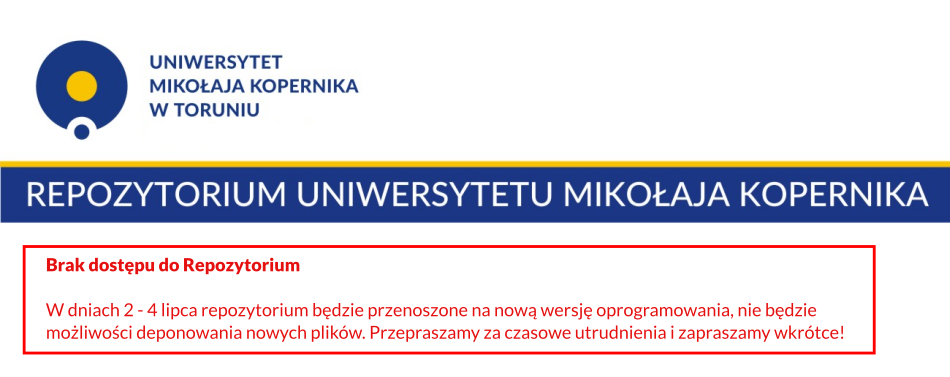| dc.contributor.author |
Wachowiak, Mirosław |
| dc.contributor.author |
Kamiński, Sławomir |
| dc.date.accessioned |
2016-05-12T11:13:22Z |
| dc.date.available |
2016-05-12T11:13:22Z |
| dc.date.issued |
2015-06-29 |
| dc.identifier.citation |
Acta Universitatis Nicolai Copernici Zabytkoznawstwo i Konserwatorstwo, No. 45, pp. 13-40 |
| dc.identifier.issn |
0208-533X |
| dc.identifier.other |
doi:10.12775/AUNC_ZiK.2014.001 |
| dc.identifier.uri |
http://repozytorium.umk.pl/handle/item/3178 |
| dc.description.abstract |
Conservation-Artistic Transgressions Conservation-Artistic Transgressions In 2010 at the CoCA Toruń during the preparation of exhibition of the four Polish artist group called Azorro, kind of widely understood artistic action was going to be undertaken. The painting of Rafal Bujnowski entitled Skórka (2007), a gift for the group from Bujnowski himself, was to be divided into 4 equal parts and exhibited with the offiial notarized confimation of ownership by each of the four Azorro group member. The conservator was ask to prepare the process to execute the division it in a safe way, enabling proper exhibiting and later storing//hanging the parts separately, which would keep the original character of the work (The aim was not giving additional frames or even stretchers, not putting permanent stiff auxiliary supports under the four cut pieces of canvas, and in the same time to keep the possibility of presenting the parts together or separately). After negotiation with all the Azorro group members some compromise concerning the method was achieved. The painting was to be lined with the interlayerin between of the original and new canvas, and exhibited with easily removable rest beneath. Apart of controversy of “damaging” or multiplying the work of art by conservator, which solved by full agreement of the painting author, the conservation challenge was the sensitivity of the painting and demand to keep at least optically its original character apart of integrity in one work. The painting executed in oil was very sensitive to the temperature. Its suport was very thin cotton canvas dyed light yellow, not designed as the painting suport at all, but for bedclothes. The paintlayer was very matt, unvarnished executed only with the white and black paint, with signifiant totally flt white parts with black paint executed wet in wet with visible, tiny textured brushstrokes. These characteristic features made all the lining process a very demanding one – the temperature could not exceed 65 C, the tiny brushstroke pretending the texture of animal fur could not be flttened by the exceeded pressure, the adhesive could not migrate both to the matt and white front and to the back of the new canvas support, which was to keep not consolidated “dry” character. Two Beva 371 fims were used and synthetic fabric as the interlayer in between of original and new linen canvas support. The lined painting was stretched on the original canvas and ironed on margins with hot spatula to keep proper shapes. Than the canvas was taken off the stretcher and cut with the knife into four equal rectangular pieces following central vertical and horizontal axis. The operation was documented and done together with artists – all of them keeping their hands on the cutting knife. The original stretcher was sawn. Tacking margins of all for parts of canvas were attached to the proper four pieces of stretchers respectively (each with one corner kept) with staples, following the original holes marking former position. Paper label taken away before sewing of stretcher and cut half, was applied back to the two stretcher separated wooden list at the back. Four wooden rests enabling exhibiting separated parts were added at last. They were exhibited horizontally in the glass bookcase along with the notarized confimation of ownership paper documents. |
| dc.language.iso |
pol |
| dc.rights |
Attribution-NoDerivs 3.0 Poland |
| dc.rights |
info:eu-repo/semantics/openAccess |
| dc.rights.uri |
http://creativecommons.org/licenses/by-nd/3.0/pl/ |
| dc.subject |
konserwacja sztuki współczesnej |
| dc.subject |
Azorro |
| dc.title |
Konserwatorsko-artystyczne transgresje |
| dc.title.alternative |
Conservation-Artistic Transgressions |
| dc.type |
info:eu-repo/semantics/article |


